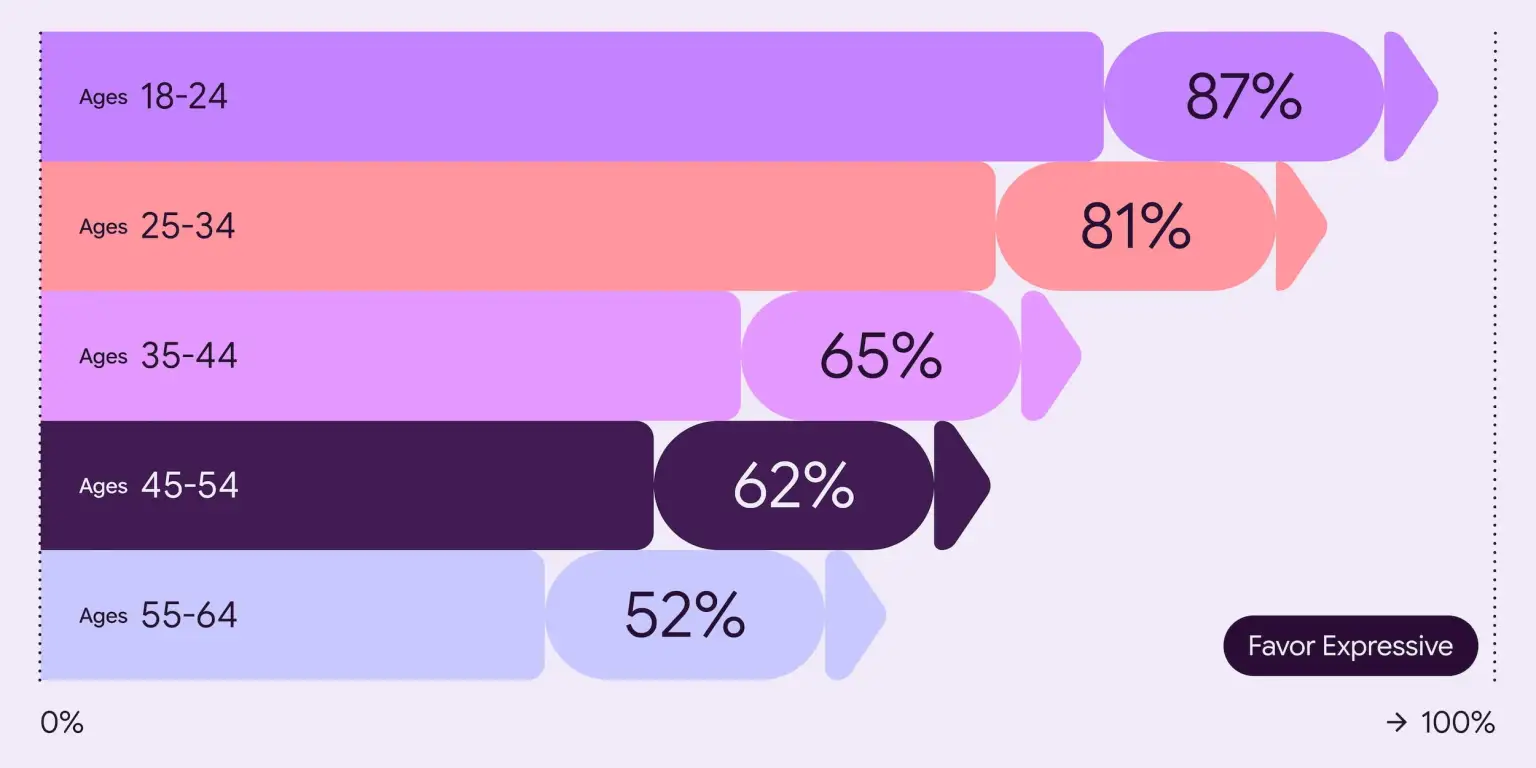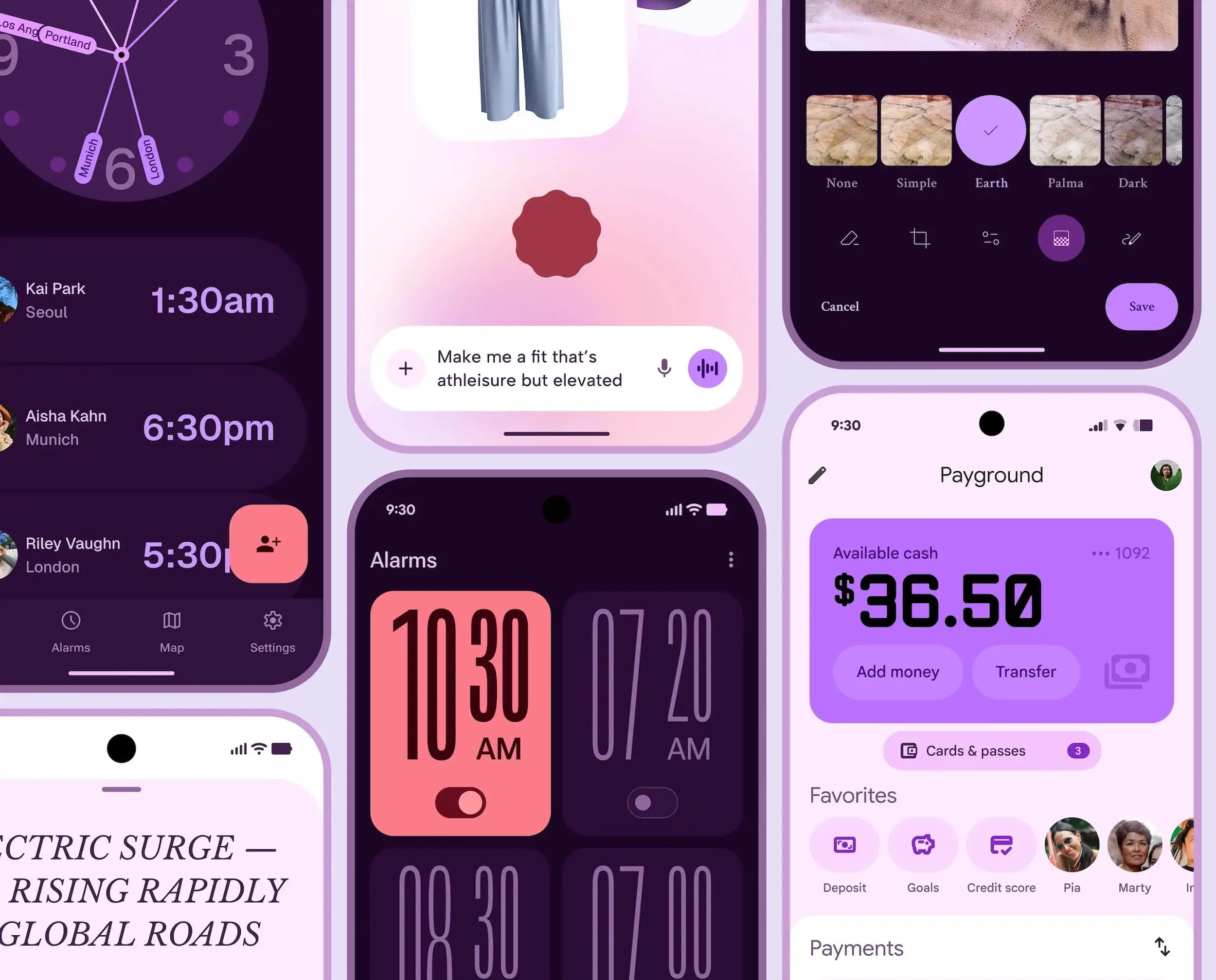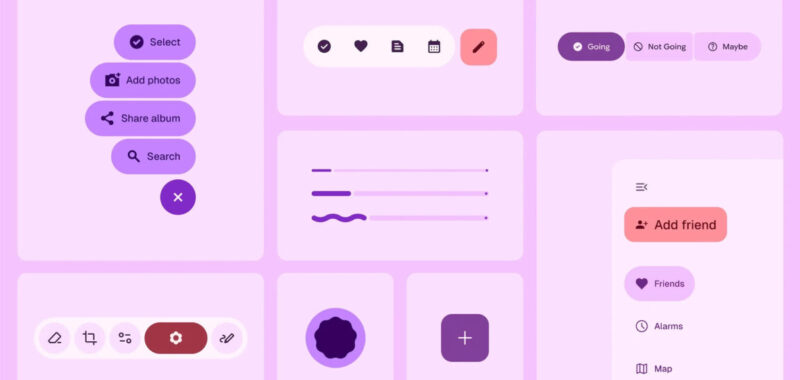
Credit:
Google
The youths love it.
Credit:
All those studies allegedly revealed that people prefer Material 3 Expressive to the old version. However, that preference varies greatly with age. Zoomers apparently like Material 3 Expressive a lot, with over 80 percent of younger folks saying it was better than the non-expressive design. That drops to 52 percent by the time you get to the 55-plus age group. Yeah, change can be scary. Google also says Material 3 Expressive was rated as subjectively “cooler” than old designs.
One of many
This leak confirms Android will get a stylish overhaul in version 16, but the benefits (and drawbacks) won’t be shared equally. Android is open source, and other OEMs have their own priorities. They can choose to adopt elements of expressive design or not. Just because Google decrees it does not mean it is so.
Depending on the phone you have, the update to Android 16 might not look all that visually different from Android 15. Google creates the open source code and closed-source Google bits, but licensees like Samsung and OnePlus take that and run with it to produce custom versions of the OS with their own branding. It’s common to hear Samsung and OnePlus talk about One UI and Oxygen OS, respectively, but not so much about Android itself.
Material 3 Expressive may bleed into these modified versions of Android, but you’ll need a Google Pixel device for the full effect. Google’s Pixel devices will have system elements attached to this theming system, and most of Google’s apps will be updated to the new system at some point. If you’ve got another phone, you’ll probably see much less of the expressive style. However, Motorola’s Hello UI usually sticks pretty close to Google’s material theming.

Material 3 Expressive isn’t just about the system UI or preloaded apps. Google will also make these design templates available to app developers who can support the bright, energetic theming for all phones. However, uptake of material design in apps has been modest so far. It’s common to see apps that use a few material UI elements or color theming, but almost no one is running the full Google style.
Google struggled for years to unify Android design aesthetics, but it never made much progress. While Material 3 Expressive looks very thoughtfully designed, it’s unlikely it will see any more take-up than the company’s previous attempts. Google’s contracts with OEMs and its management of the Play Store have both come under legal scrutiny, so the company won’t be able to use any heavy-handed tactics to encourage the adoption of Material 3 Expressive.

